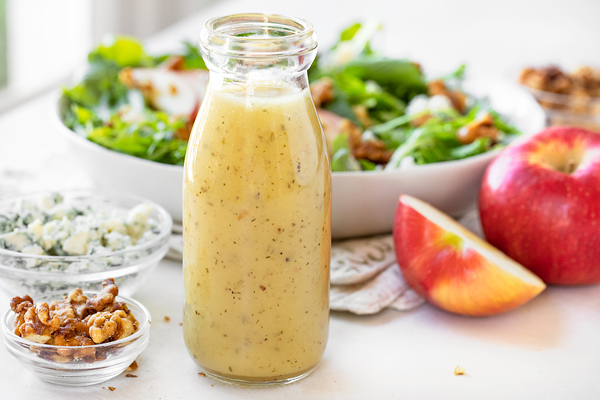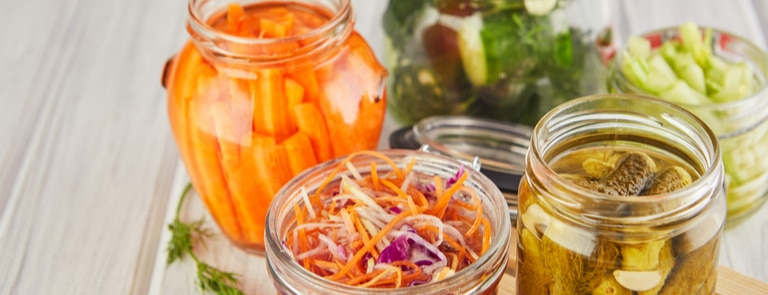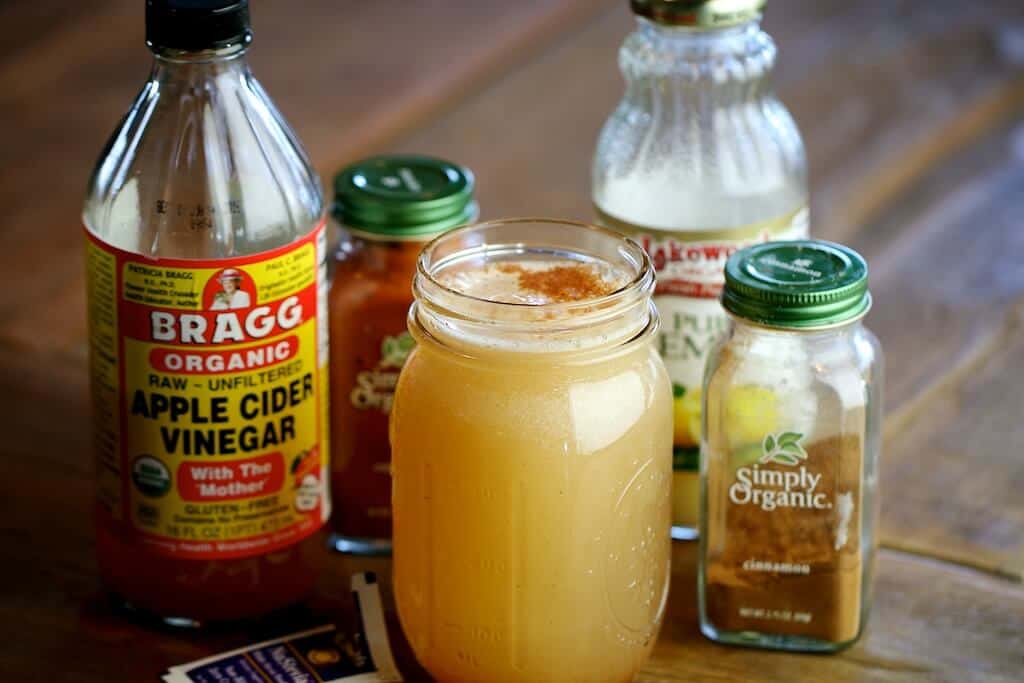Introduction:
Apple cider vinegar (ACV) is a kitchen staple that boasts numerous health benefits and adds a unique tang to a variety of dishes. From salad dressings to marinades, ACV can enhance flavors and bring a refreshing zest to your meals. Here are five delicious recipes that showcase the versatility of apple cider vinegar.
1. Apple Cider Vinegar Salad Dressing

Ingredients:
- 1/4 cup apple cider vinegar
- 1/2 cup olive oil
- 1 tablespoon Dijon mustard
- 1 tablespoon honey
- 1 clove garlic, minced
- Salt and pepper to taste
Instructions:
- In a small bowl, whisk together apple cider vinegar, Dijon mustard, honey, and minced garlic until well combined.
- Slowly drizzle in olive oil while continuing to whisk until the dressing is emulsified.
- Season with salt and pepper to taste.
- Serve over your favorite salad greens and enjoy a tangy, refreshing dressing.
Tip:
This dressing can be stored in the refrigerator for up to one week. Shake well before each use.
2. Apple Cider Vinegar Chicken Marinade

`
Ingredients:
- 1/4 cup apple cider vinegar
- 1/4 cup olive oil
- 2 tablespoons soy sauce
- 2 tablespoons honey
- 2 cloves garlic, minced
- 1 teaspoon dried thyme
- Salt and pepper to taste
- 4 boneless, skinless chicken breasts
Instructions:
- In a bowl, whisk together apple cider vinegar, olive oil, soy sauce, honey, minced garlic, dried thyme, salt, and pepper.
- Place chicken breasts in a resealable plastic bag and pour the marinade over them. Seal the bag and refrigerate for at least 2 hours or overnight for best results.
- Preheat grill or oven to 375°F (190°C).
- Remove chicken from marinade and discard the marinade.
- Grill or bake the chicken until cooked through, about 6-8 minutes per side or until the internal temperature reaches 165°F (74°C).
- Serve the chicken hot with your favorite sides.
Tip:
This marinade also works well with pork or tofu for a versatile meal option.
3. Apple Cider Vinegar Pickled Vegetables

Ingredients:
- 1 cup apple cider vinegar
- 1 cup water
- 1 tablespoon sugar
- 1 tablespoon salt
- 1 teaspoon mustard seeds
- 1 teaspoon black peppercorns
- 1 teaspoon coriander seeds
- 1 bay leaf
- 2 cups mixed vegetables (e.g., cucumbers, carrots, bell peppers, radishes), sliced
Instructions:
- In a saucepan, combine apple cider vinegar, water, sugar, salt, mustard seeds, black peppercorns, coriander seeds, and bay leaf. Bring to a boil, stirring to dissolve sugar and salt.
- Remove from heat and let the brine cool slightly.
- Place sliced vegetables in a clean jar and pour the warm brine over them, ensuring the vegetables are fully submerged.
- Let the jar cool to room temperature, then cover and refrigerate for at least 24 hours before serving.
Tip:
These pickled vegetables can be stored in the refrigerator for up to one month and make a great addition to sandwiches, salads, or charcuterie boards.
4. Apple Cider Vinegar Glazed Brussels Sprouts

Ingredients:
- 1 pound Brussels sprouts, trimmed and halved
- 2 tablespoons olive oil
- Salt and pepper to taste
- 1/4 cup apple cider vinegar
- 2 tablespoons honey
- 1 tablespoon Dijon mustard
- 1/4 teaspoon red pepper flakes (optional)
Instructions:
- Preheat oven to 400°F (200°C).
- Toss Brussels sprouts with olive oil, salt, and pepper. Spread them out in a single layer on a baking sheet.
- Roast Brussels sprouts for 20-25 minutes, until they are tender and slightly crispy.
- In a small saucepan, combine apple cider vinegar, honey, Dijon mustard, and red pepper flakes (if using). Bring to a simmer and cook for 3-5 minutes, until the mixture thickens slightly.
- Drizzle the glaze over the roasted Brussels sprouts and toss to coat evenly.
- Serve hot as a delicious side dish.
Tip:
For extra flavor, sprinkle roasted Brussels sprouts with toasted almonds or crumbled bacon before serving.
5. Apple Cider Vinegar Detox Drink

Ingredients:
- 1-2 tablespoons apple cider vinegar
- 1 tablespoon lemon juice
- 1 teaspoon honey or maple syrup
- 1 cup warm water
- A pinch of cayenne pepper (optional)
Instructions:
- In a glass, combine apple cider vinegar, lemon juice, honey or maple syrup, and warm water. Stir well to combine.
- Add a pinch of cayenne pepper for an extra kick (optional).
- Drink this detox beverage in the morning on an empty stomach for best results.
Tip:
This drink is not only refreshing but also believed to aid digestion and boost metabolism.
Conclusion:
Apple cider vinegar is a versatile ingredient that can enhance a variety of dishes, from savory to sweet. Whether you’re making a tangy salad dressing, a flavorful marinade, or a refreshing detox drink, these recipes will help you explore the many culinary uses of ACV. Incorporate apple cider vinegar into your cooking and enjoy its unique flavor and health benefits.
FAQs:
1. Can I use apple cider vinegar in baking?
Yes, apple cider vinegar can be used in baking. It acts as a leavening agent when combined with baking soda, helping baked goods rise.
2. Is apple cider vinegar safe to drink every day?
While apple cider vinegar can be beneficial, it should be consumed in moderation. Drinking too much can cause digestive issues and tooth enamel erosion. Dilute it with water and limit intake to 1-2 tablespoons per day.
3. What are the health benefits of apple cider vinegar?
Apple cider vinegar is believed to aid digestion, support weight loss, improve heart health, and regulate blood sugar levels. However, more research is needed to confirm these benefits.
4. Can apple cider vinegar go bad?
Apple cider vinegar has a long shelf life due to its acidic nature. If stored properly in a cool, dark place, it can last for several years.
5. How should I store apple cider vinegar?
Store apple cider vinegar in a cool, dark place away from direct sunlight. Ensure the bottle is tightly sealed to maintain its quality.










